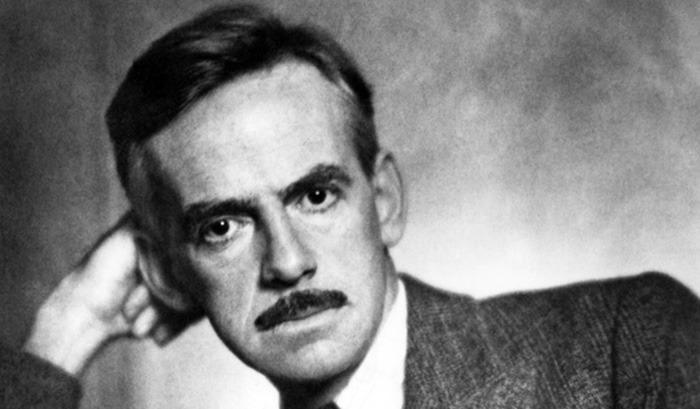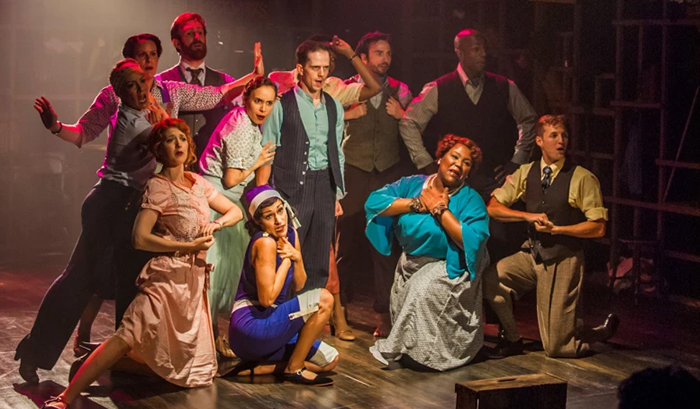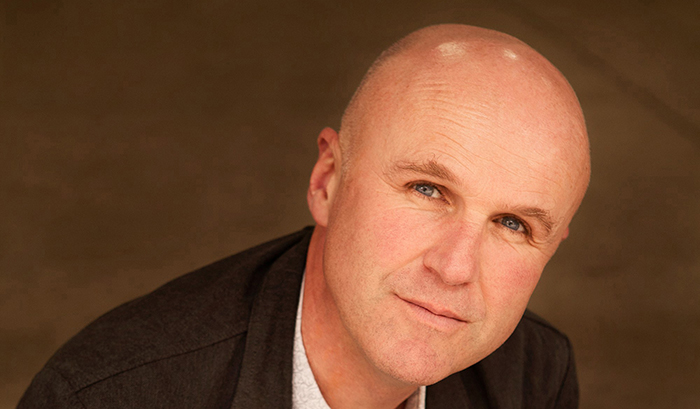It Started With Harry
The end title might say "Made In Hollywood, USA,” but people in the know, knew that Culver City was truly "the Heart of Screenland. Harry Culver, the founder of Culver City, was born in Milford, Neb. According to Milford historians, as a boy he stoked the furnaces of the local grocery store and he washed bottles in the town drug store. He went to the University of Nebraska, earning his tuition by selling newspaper subscriptions and working as a bill collector.
Harry traveled to the Philippines and took a job with an import-export company. But before he could cash his first paycheck, the company went broke. Culver turned around and talked his way into a job as a reporter with the Manila Times. In 1910, Harry Culver came to Los Angeles. He began selling real estate for I.N. Van Nuys. Three years later, he decided to strike out on his own. In 1904, Abbot Kinney began building his "Venice In America" on nearly worthless swamp land that had been acquired from the Machado Family Rancho. He started constructing the Venice Canals. Kinney and his partners convinced the city of Los Angeles to build an electric railroad line to the seaside resort. By 1913, when Harry Culver decided to launch his own real estate venture, Venice was a bustling Community, boasting a population of nearly 7,000 residents, a great amusement pier with 8 miles of canals and more than 20 miles of paved roads. Culver talked four friends into forming the Culver Investment Co. They took an option to purchase a 93-acre bean and barley field valued at $37,000 for $2,000. It was situated halfway between Venice and downtown Los Angeles. In the next three years, that $2,000 investment blossomed into a $20 million empire that was realized from subdividing and selling the land.
He Worked with a Flourish
Culver brought a flair for show business into his real estate sales efforts. Paul Jarrott, who briefly sold real estate for Culver in 1920, remembered him as a largely humorless but hard-driving businessman. Among Culver’s innovations were a polo game staged with Model Ts rather than horses and the promotion of a marathon race from downtown Los Angeles to Main Street in Culver City. He once gave a lot to the parents of "Culver City’s Most Beautiful Baby." He sent a Palms druggist on a trip around the world for winning a naming contest for Media Park. By 1915, the motion picture business had become the fifth largest industry in the United States. Up until that time, motion pictures were considered lower class entertainment for the immigrant masses who had flocked to the U.S. To appear in a film was considered the lowest form of employment to which an actor could sink. D.W. Griffith was to change all of that with his controversial Civil War epic, "Birth of A Nation."
A Heart Was Born
Culver City got its title, "The Heart of Screenland," the hard way. People who came to work at the studio built by Thomas Ince — that would later become MGM — were mostly unimpressed. In his memoirs, art director Ben Carre recalled his first visit to Culver City in 1919. He would work on and off at MGM until 1966. He wrote, "My first visit to the studio was by the Venice Short Line, which I boarded at the depot downtown Los Angeles…After 20 minutes, I looked out and saw swamps as far as the hill with the 57 sign on it. I wondered what kind of place was this where they had built a studio?"
Postscript
Ten years later, when writer/producer Samuel Marx arrived at MGM, he dismissed Culver City as Omaha with palm trees. When Arthur Loew, son of founding father Marcus Loew, came to work for Metro, he was told to get a Beverly Hills post office box because Culver City meant nothing to the rest of the world.
Next: Thomas Ince, the father of the modern motion picture studio.







